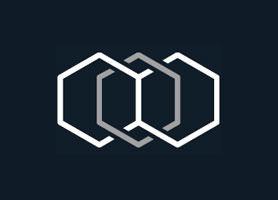
- Categories:
A Clinical and Biological Evaluation of a Novel, Noninvasive Radiofrequency Device for the Long-Term Reduction of Adipose Tissue

Background and Objective
A novel, noninvasive technology, utilizing suction-coupled radiofrequency (RF) heating and ultra-short pulse duration, high-voltage electrical pulses was studied for its efficacy and safety on adipose tissue reduction.
Method
Twenty-one subjects underwent treatment of their abdominal fat once weekly for 6 weeks. Clinical outcomes including abdominal circumference, adipose tissue thickness (measured by ultrasound), adipose tissue weight, body weight, and clinical photographs were obtained at visits 1 and 3 months after last treatment. Adverse events were recorded. Three subjects, who were undergoing a future elective abdominoplasty, were treated with the same protocol, but on only one side of the abdomen before abdominoplasty. Biopsies from the RF-treated and untreated sides were harvested during abdominoplasty and cultured; measurements of adipocyte size and shape, rate of apoptosis, collagen production, and dermal thickness were determined.
Results
Significant clinical improvements (P < 0.05) were observed for the reduction of abdominal circumference (113.4–110.7 cm). Within the adipose tissue of the treated areas, increased levels of adipocyte apoptosis were observed immediately following the treatment series, with approximately 20% of all adipocyte cells staining positive for APAF-1, a validated marker of apoptosis. In contrast, the control untreated skin only rarely had adipocytes undergoing apoptosis, with less than 1% of adipocytes staining positive for APAF-1. At day 14 of culture, fat cell apoptosis had further increased (30% of adipocytes staining positive for APAF-1) within the RF-treated adipose tissue. Additionally, a significant increase in collagen synthesis (neocollagenesis) representing an average increase of 13.7% was observed after treatment by the RF device, with a mean collagen level of 57.6 mg/mg in the treated zone versus 49.7 mg/mg in the non-treated zone, as determined by the spectrocolorimetric method. Only minor, transient side effects were reported.
Conclusions
This novel, noninvasive RF device was effective for improving subcutaneous fat, reducing abdominal circumference and reducing subcutaneous fat layer thickness. Histologically, these improvements appear to be partly related to increased adipocyte apoptosis.
